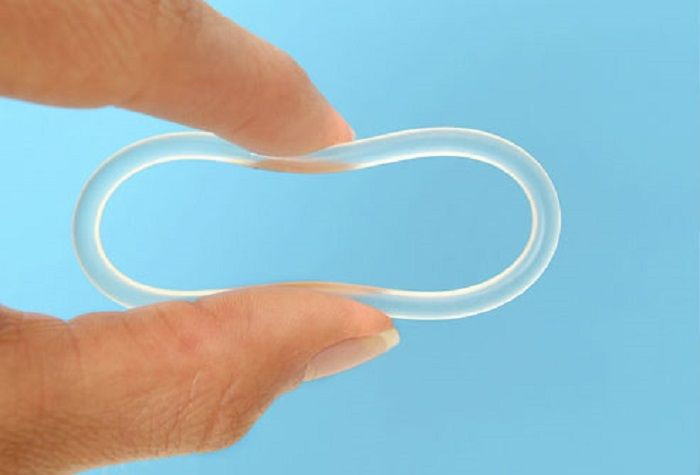Study says using vaginal rings cuts HIV risk by up to 61%

The vaginal ring could be repurposed from being a contraceptive to providing protection against HIV. In a clinical trial in 15 sites in four sub-Saharan countries, a study, published in the New England Journal of Medicine, discovered that the risk of HIV infection was 27 percent lower overall among women who used the vaginal rings that release drugs.
But within the age group 25 and above, the ring lowered risk of HIV infection by 61 percent. However, for those below 25, the dapivirine ring did not provide any statistically significant protection because the subjects likely did not wear the ring consistently, reports Medical News Today.
The ring released an experimental retroviral drug acylovir and tenofovir. The silicone ring delivered hydrophilic molecules active on the herpes virus and HIV, respectively. The device was presented at the 55th Interscience Conference on Antimicrobial Agents and Chemotherapy in Sad Diego, California in September 2015.
The device was developed by a team of chemists, virologists and a silicone engineer from the University Jean Monnet of Saint-Etienne in France. The use of vaginal ring devices, made from polymeric materials, was initially for the delivery of long-acting steroids to treat menopausal syndromes and as contraception. However, drug permeability was an issue in the design of a successful ring.
Because silicone is a hydrophobic compound, which was a problem in creating the ring, the team circumvented it by the addition of a hydrophilic compound to the silicone to allow the release of drugs from its reservoirs.
The ring aims to provide additional protection since almost 13 percent of the 1.2 million people in the US, aged 13 and above, have HIV but unaware of their condition. In sub-Saharan Africa, 25.8 million people have been infected with HIV in 2014, 50 percent are women.
In the same year, in Australia, 27,150 people were estimated to be HIV positive, with 12 percent unaware of their condition, according to the 2015 Annual Surveillance Report of the Kirby Institute. The lower number of HIV and AIDS diagnoses in Australia is due to the introduction of effective antiretroviral therapies.
It is part of the Australian government’s push for better reproductive health, including the Wednesday launch of an information campaign on ovarian cancer. On the same day, a US court decision awarded $72 million (AUD$100 million) damages to a family of a women who died of the ailment after using Johnson’s talc powder as feminine hygiene for over 35 years.





















